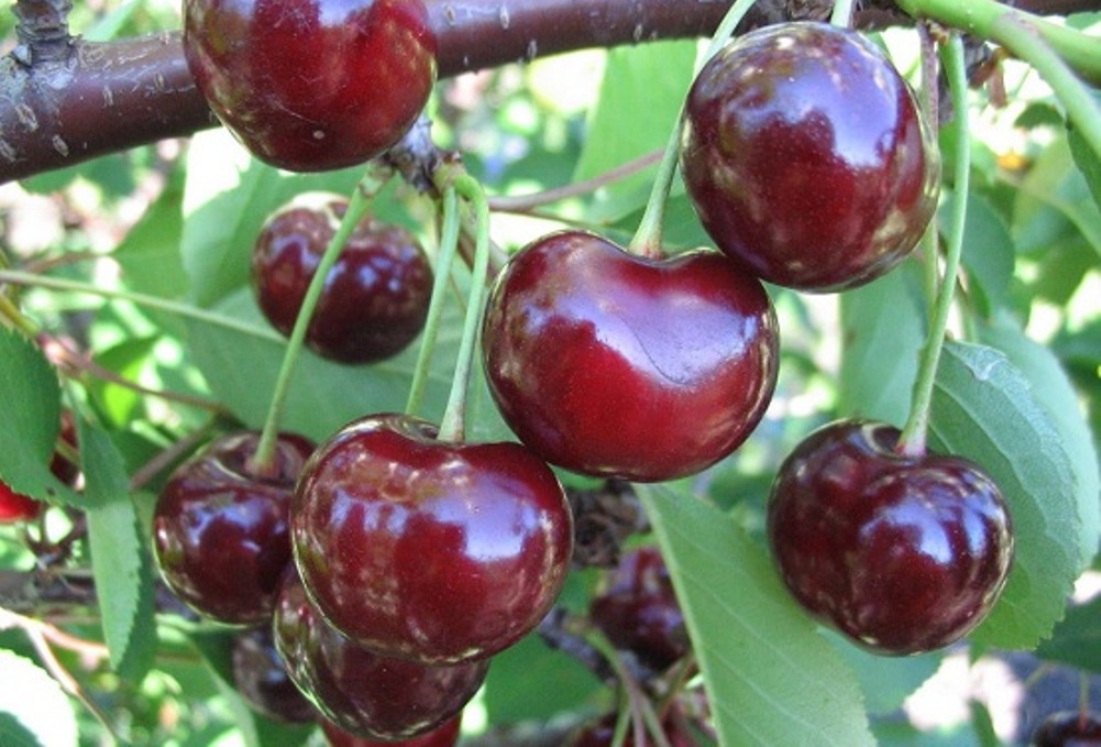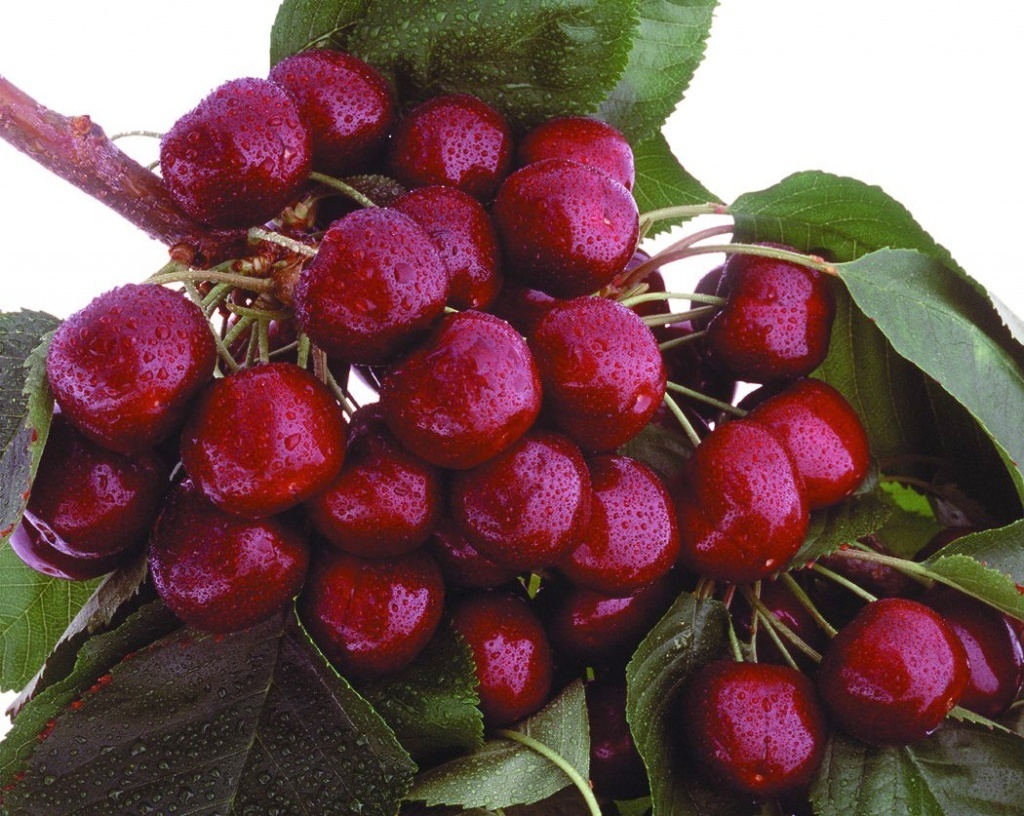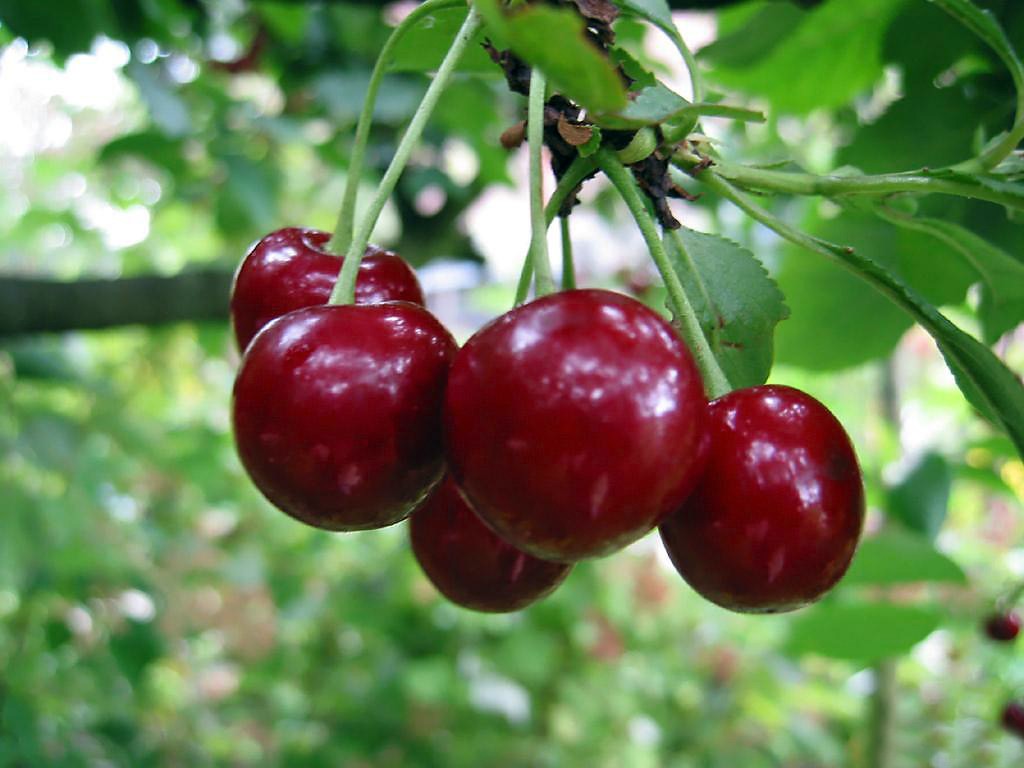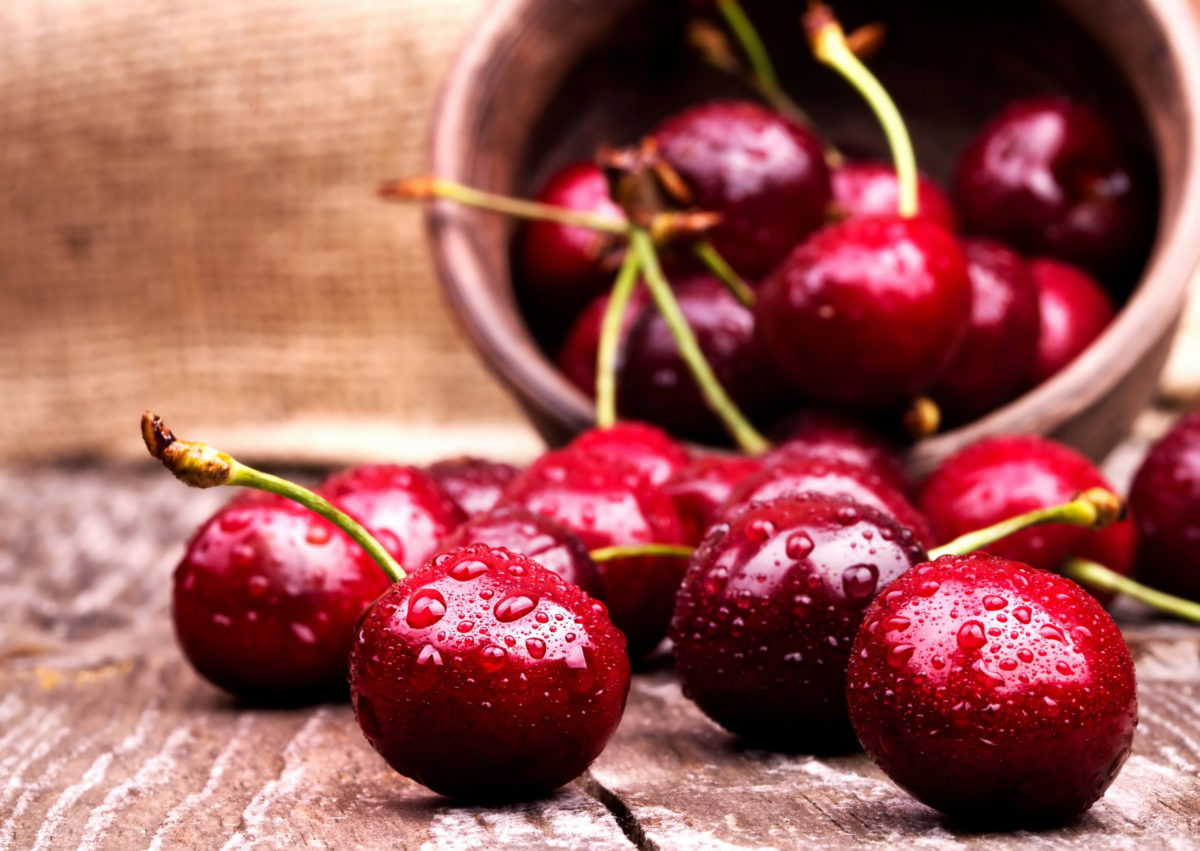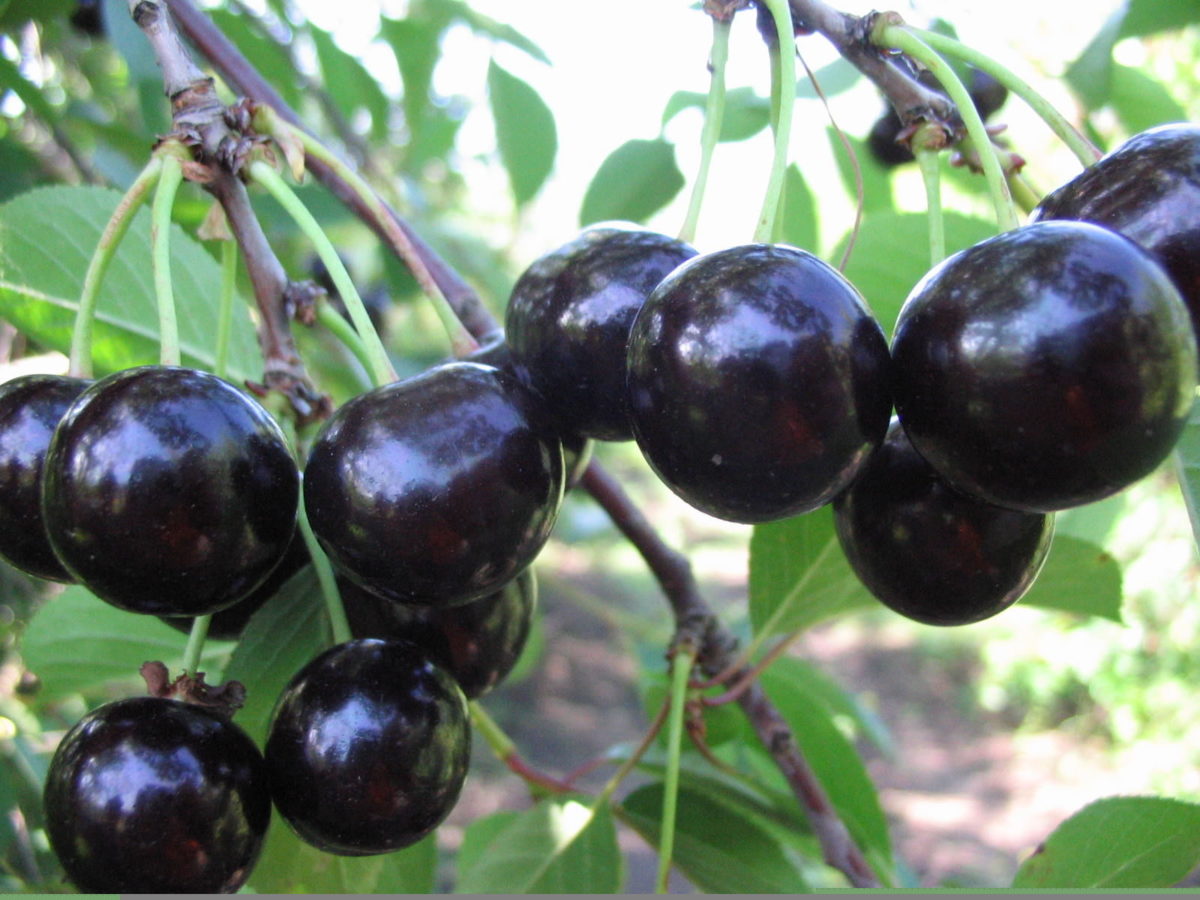Fruit
Fresh and ripe cherries are one of the favorite treats for both children and adults, so every owner of a garden plot strives to grow their own cherry tree. Of course, special attention is paid to the choice of the variety: the tree should not be too whimsical to care for, but at the same time fruitful, and its fruits should be sweet and juicy. One of these varieties is a cherry called Vstrecha.
Valery Chkalov is a variety that was bred back in the middle of the last century. The goal was to create and popularize fruitful cherries that are maximally adapted to the climate of the North Caucasus region. The variety has its drawbacks, but its high yield and excellent taste have helped it establish itself reliably in modern gardens.
Many garden plots have a cherry tree with aromatic fruits and subtle sourness. Cherry variety Rovesnitsa, which was bred 30 years ago, remains as popular in home gardens. The same age is unpretentious, resistant to diseases and drought, bears fruit abundantly, subject to the rules of agricultural technology.
There is hardly a person who would not like cherries. Modern breeders develop all new varieties with improved characteristics - more frost-resistant, with genetically "built-in" immunity, and so on. Cherries in the countries of the former USSR can now be grown not only in areas with a warm subtropical climate, but also in regions with relatively short summers and cold winters. The most difficult thing is to make a choice from the available variety. All other things being equal, preference is often given to self-fertile varieties. This allows you to save space on the garden, which is very important for the owners of the notorious "six acres".
Cherry Leningrad black in its name carries a message about what it is: winter-hardy and intensely dark, almost black in color. The variety fell in love with gardeners for its resistance to diseases and the ability of the crop not to fall after ripening, delighting lovers with juicy sweet fruits for a long time.
